Today’s guest post is by Hydroponics & Aquaponics blogger Jonathan de Araujo. Read more of Jonathan’s articles at uPONICS.com.
The Science of Aquaponics
The science of aquaponics is as much fascinating and forwarding-thinking as it is simplistic and age-old. Aquaponics has really only been making waves over the last few decades despite the practice dating back thousands of years. The reason behind this trend is a heightened interest in organic foods, sustainable living, and self-sufficient lifestyles.
So what is aquaponics and how exactly does it work? Let’s delve into the science behind aquaponics.
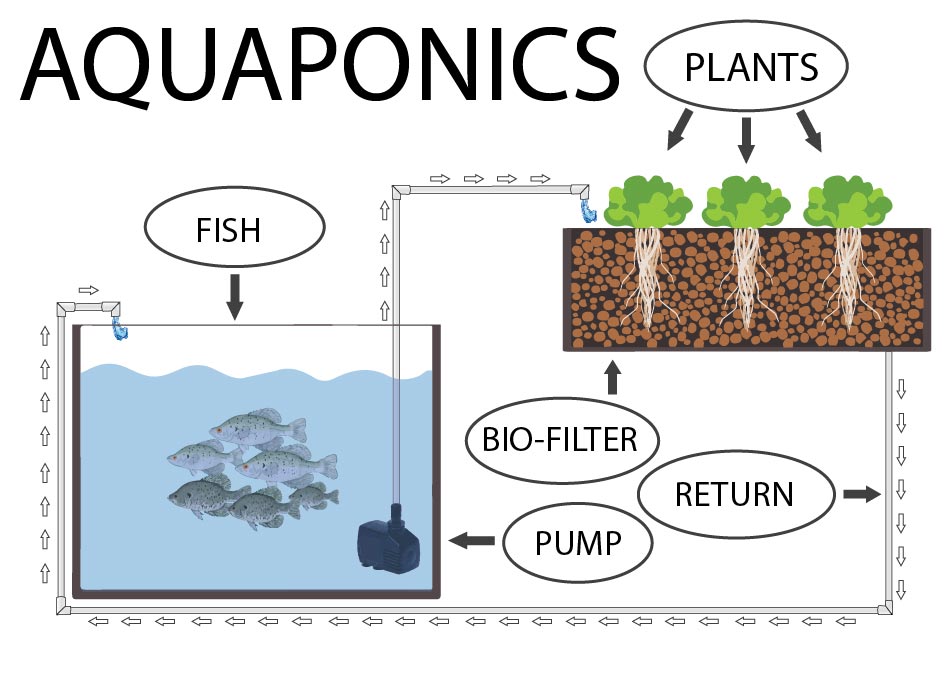
What is Aquaponics?
In simple terms, Aquaponics is the combination of aquaculture and hydroponics. As you may know, aquaculture is the raising of fish while hydroponics is the practice of growing plants without soil. Aquaponics blends the basic elements of both of these practices into one integrated, symbiotic system. Its appeal is apparent; you have an efficient and ecologically-sound way to grow vegetables and raise fish for human consumption – all in one self-sustaining ecosystem.
Aquaponics systems are closed-looped and recirculating. While neither hydroponics nor aquaponics uses soil as the growing medium, their main difference lies in the way plants are fed. Hydroponics relies on synthetic (chemical) fertilizers as its nutrient source, whereas aquaponics relies on fish waste (yes, fish poop) to provide an organic food source for the plants. This difference makes aquaponics an appealing option for conventional organic gardeners who have never gone soilless.
Another aspect of this symbiotic plant/fish relationship is the way plants act as a natural bio-filter to keep the water clean for the fish. So if the fish produce fertilizer for the plants – and the plants clean the water for the fish – then what role does the human play?
As the grower, your active role in this ecosystem is to feed the fish, monitor the system (pH, water temps, water levels, etc.), and supply the energy for the pump, lighting, and water heater (depending on your design and location). You also get to eat the fruits of your labor. Very symbiotic indeed!
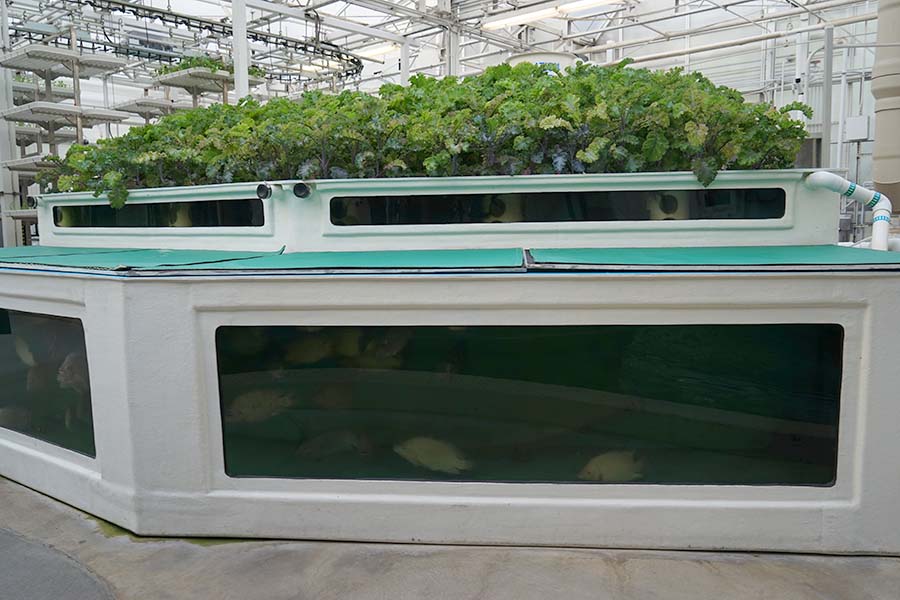
Aquaponics: How it all Works
To dig a little deeper into the science of aquaponics, let’s look at the steps involved to achieve this type of ecosystem.
- Ammonification: Fish are fed fish food. They then excrete their waste in the form of ammonia. High concentrations of ammonia are toxic to fish, so it must be removed from the fish tank.
- Pump: A pump removes the fish waste from the fish tank and cycles the ammonia and water to the grow bed. Grow beds are filled with grow media (usually expanded clay pebbles), the soil-replacing substrate.
- Nitrification: Beneficial bacteria – which colonize in grow beds/grow media – break down the ammonia and converts it into nitrites. Worms can also be used to assist in this process.
- Nitrification: Bacteria further convert the nitrites into nitrates.
- Assimilation: Plants absorb the converted nitrates as their food source (fertilizer).
- Bio-filtration: Plants roots act as a natural bio-filter to clean the water. The grow media also acts to filter the water as it passes through the grow beds. In theory, the water in the system should remain clean enough so that the fish can survive without the need to ever change it (although this is not always the case).
- Oxygen: Air pumps/air stones are often used to maintain sufficient oxygen levels in aquaponics systems. The design of an aquaponics system may also provide some oxygen by way of gravity (as water recirculates between the grow bed and fish tank and mixes with air).
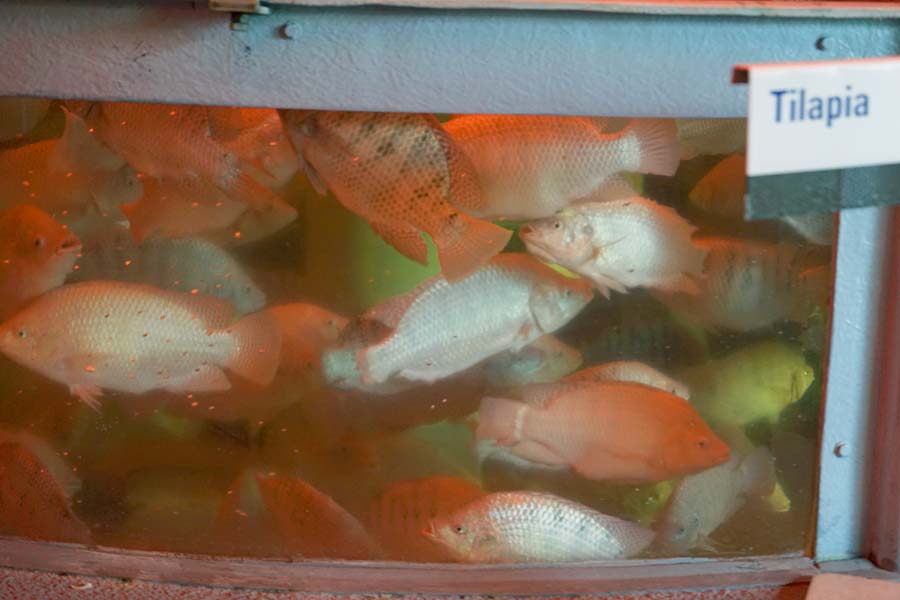
Aquaponics is truly a unique way to grow crops. It mimics nature more so than just about any other form of gardening. The end result is a fish and plant ecosystem which is self-cleaning and largely self-sufficient.
As far as which fish species and crops work best in aquaponics, many growers have success with tilapia and leafy greens. However, aquaponics lends itself to plenty of variation. Best of luck with your grow!

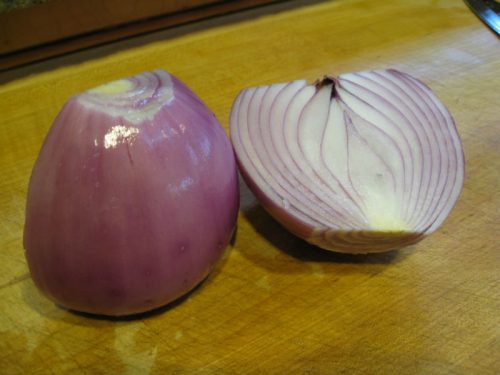
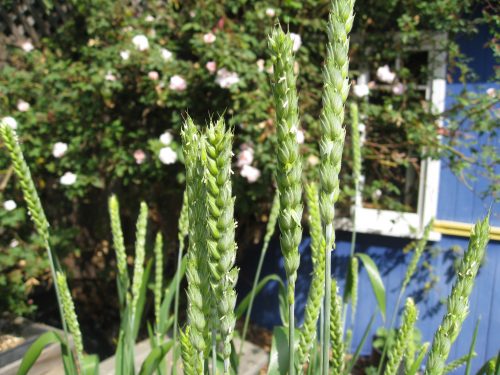

Awesome